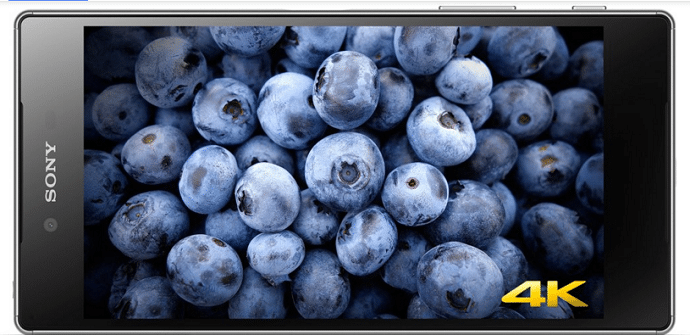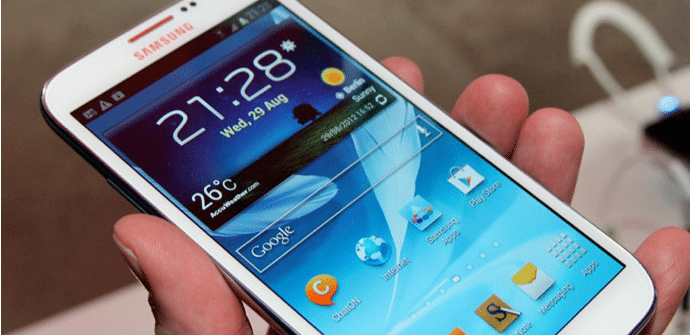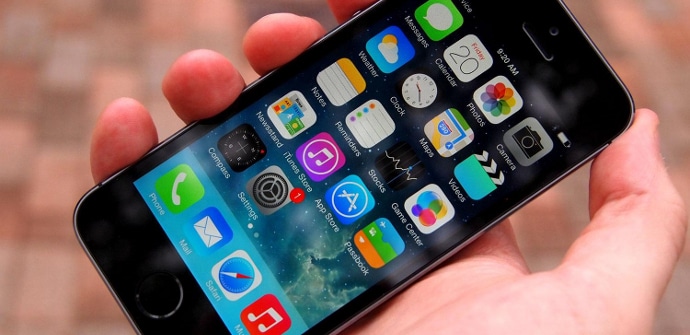
When it comes to acquiring new devices, we cannot conceive their features as something isolated and look for a leading terminal in a single feature but that leaves much to be desired in the rest of them, but we must look for the most balanced models possible in all aspects and that also has a positive impact on the final price. Manufacturers are aware of this fact and, despite the fact that they sometimes make mistakes, they try to satisfy the needs of users in the best possible way, launching media that try to offer millions of consumers the best possible experience.
When we have talked about the specifications in terms of image, we have given a series of recommendations in which a good resolution was combined with an ideal screen size with which we could get the most out of our tablets and smartphones especially when dedicating ourselves to leisure and consuming audiovisual content. However, there are other aspects such as those related to color and image formation that also have their impact. Below we present the main types of panels that we can find in the currently marketed supports and we will tell you what their main strengths and weaknesses are.
1.LCD
This type of panel has been the most popular for several years in both tablets and smartphones. These are screens liquid crystal whose main strength is its low manufacturing cost. However, it possesses major limitations in aspects such as resolution, which can sometimes be very shallow and not offer minimal sharpness, and a excessive consumption of battery as well as a greater thickness. They have tried to solve these limitations through the development of two additional LCD technologies, the first, TFT, is aimed at larger media such as computer monitors and optimizes consumption of energy when using them. The most current and also extended to portable devices is the IPS, characterized by saving even more resources and offering a higher color quality and realistic than its predecessors.

2.OLED
The great advance of this system is the fact that each pixel can issue light individually. Distributed in groups that emit red, blue and green tones, as a whole they are capable of creating the entire chromatic range. Some of its strengths include the higher brightness of the panels and the possibility of creating them with different shapes, even curved, which is far from the rigidity of LCDs. His biggest limitation is given by the production cost, which has a direct impact on the final price of the devices that incorporate it and makes it less attractive both to firms when creating new models with this screen and to users when purchasing them.

3. retina
Developed by IBM in the 90s and present in most of the devices of Apple Lossless Audio CODEC (ALAC),. Its basis is to offer a resolution very high and let it be equal or greater from which you can grasp the human eye when focusing on close and medium distance objects. Its most important drawbacks are two: high price manufacturing of panels that do not end up offering an excessively high image quality and the fact that the eye, due to its composition and structure, is unable to appreciate a superior image quality.

4.AMOLED
Mainly equipped in terminals of Samsung, it's a leap forward in technology OLED. In order to increase the image quality to its maximum limit, try decompose each pixel in other smaller elements and as in OLED, treat them individually, so that a much wider color palette is formed that can reach up to 16 million tones. On the other hand, it offers a higher brightness of the screen and better highlights the contents and at the same time, saves battery and has a lower use of resources since when the screen is turned off, it stops supplying power to each pixel. This technology has evolved to Super AMOLED, which further fragments each point and improves the sharpness obtained. Among its main drawbacks, we find once again the price, and the fact that the human eye needs to be subjected for a period of time to the high image quality that these products offer in order to adapt.

After knowing a little better which are the panels most used by manufacturers when trying to achieve the best image quality on our tablets and smartphones, we can see how they all have the same base as in the cases of OLED, AMOLED and Super AMOLED and also how some details that needed to be improved have been perfected, such as saving resources and excessive spending. After having seen some very important elements in our devices but that on many occasions, went unnoticed, do you think that they all have important aspects to improve or do you think that there has been a considerable improvement that has increased the experience of using the devices? consumers? You have more information available on other important aspects and take into account image matters when choosing and using our terminals.